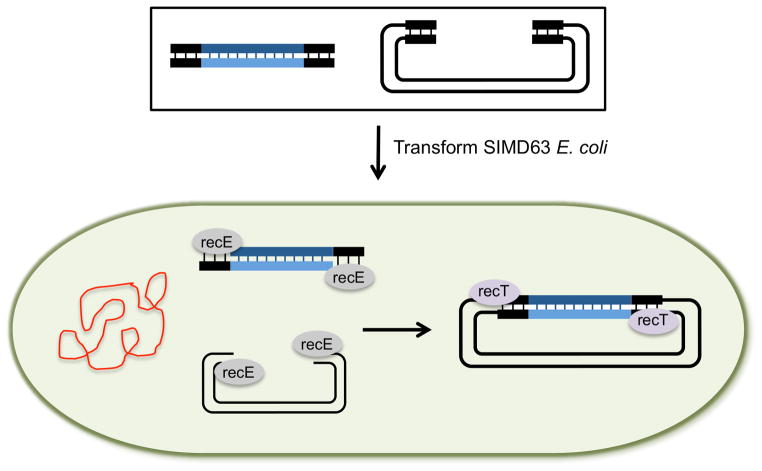Figure 3. Single segment cloning into plasmids by recombineering.
Recombineering is a method that is based on homologous recombination of DNA within an E. coli cell. In this example, the starting segments (black box) are a linearized vector and a single PCR product, both generated by PCR with primers that contain 35–50bp of homologous sequence at each end. The starting segments are transformed into a recombineering E. coli strain such as SIMD63, in which the RecE and RecT recombination proteins were induced. recE, a 5′ to 3′ exonuclease chews back the 5′ ends of the plasmid and insert allowing the ss 3′ ends to be bound by recT. RecT, a single strand annealing protein, facilitates the annealing of the homologous ss 3′ ends. After recombination, the newly formed plasmid is purified (rescued) from the recombineering strain and transformed into a standard E. coli cloning strain for propagation.

